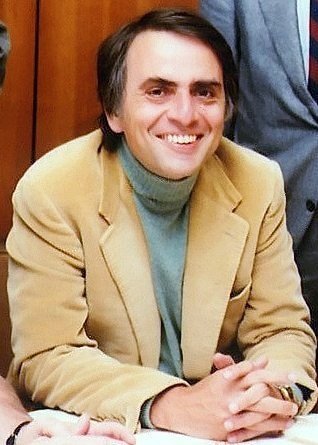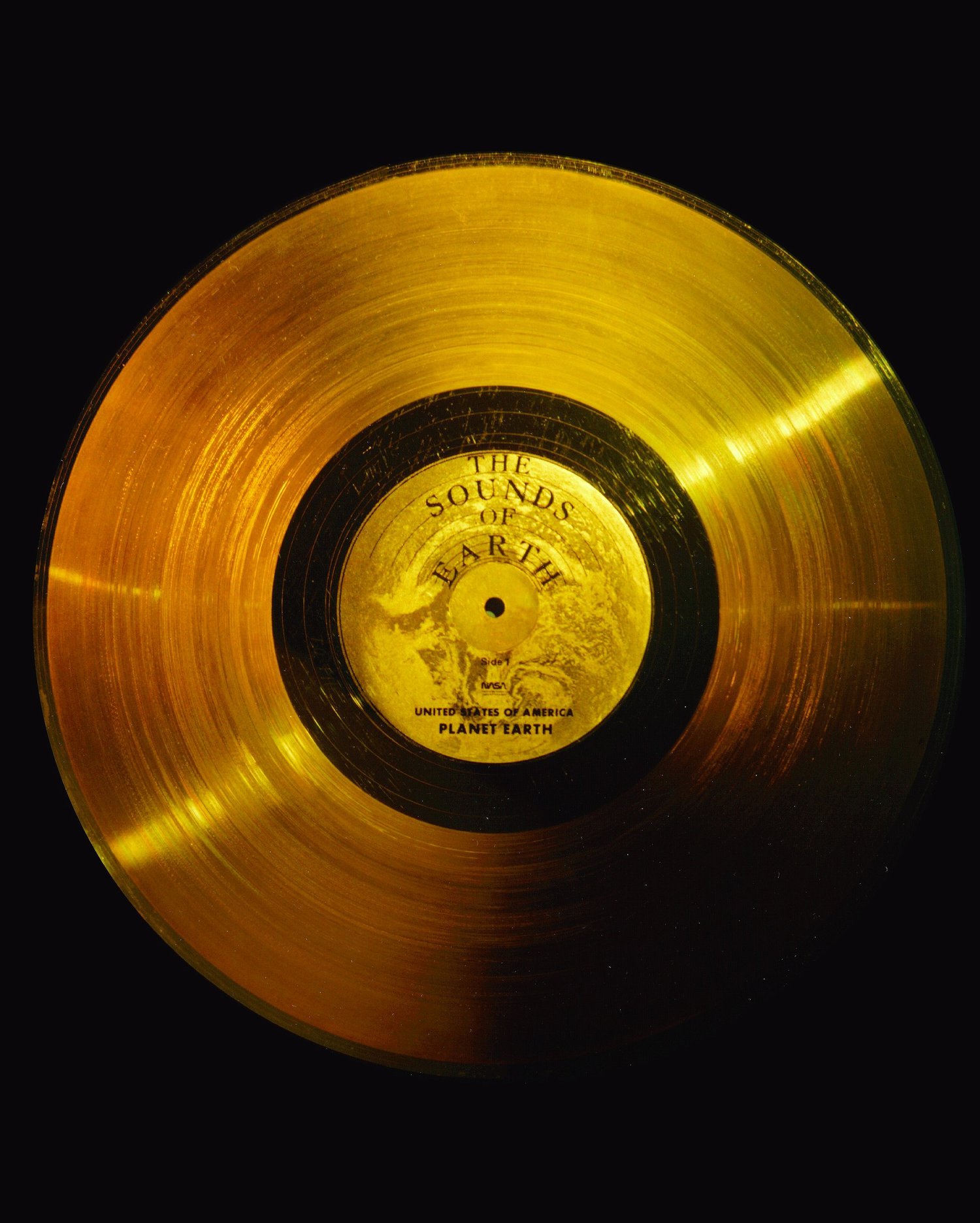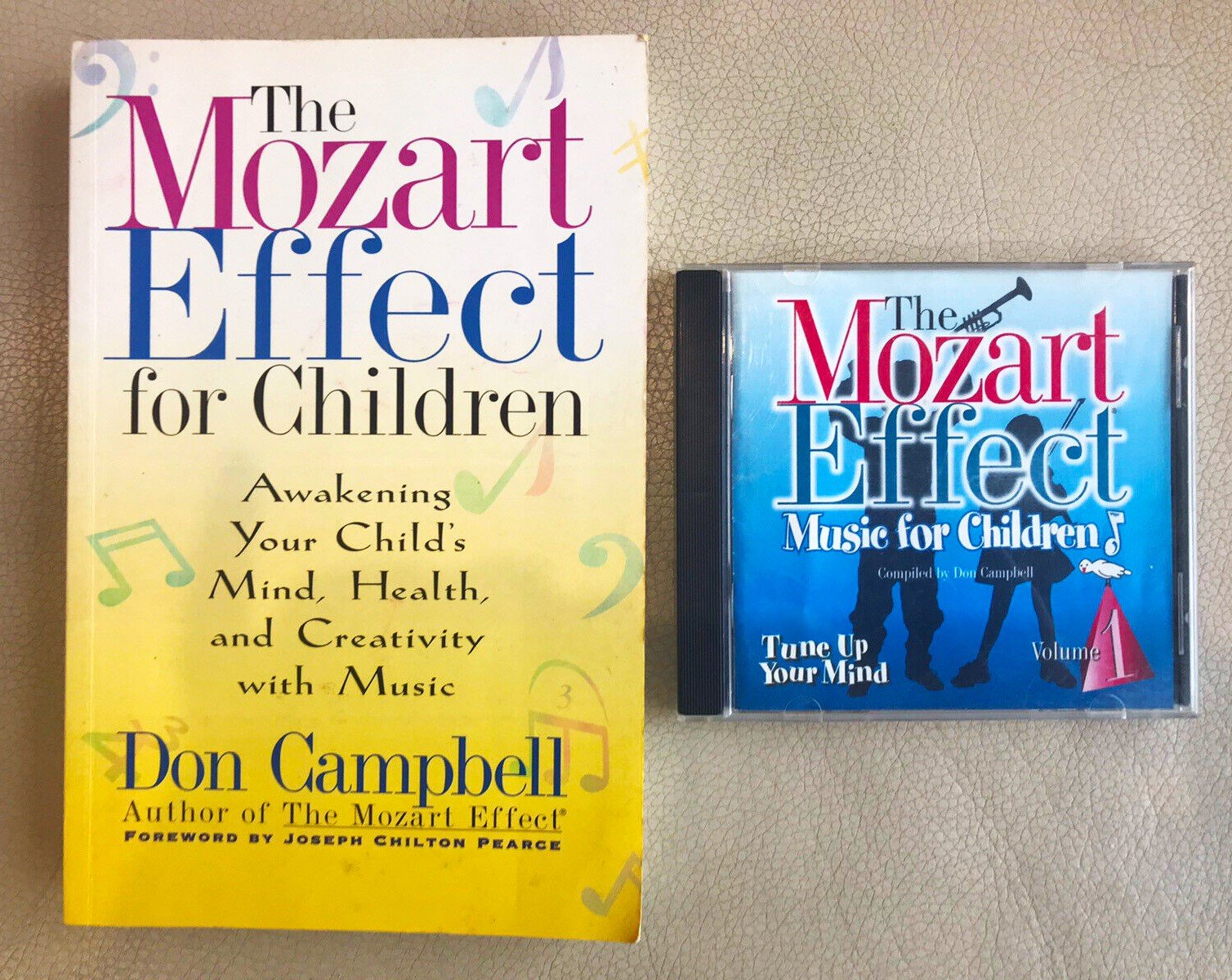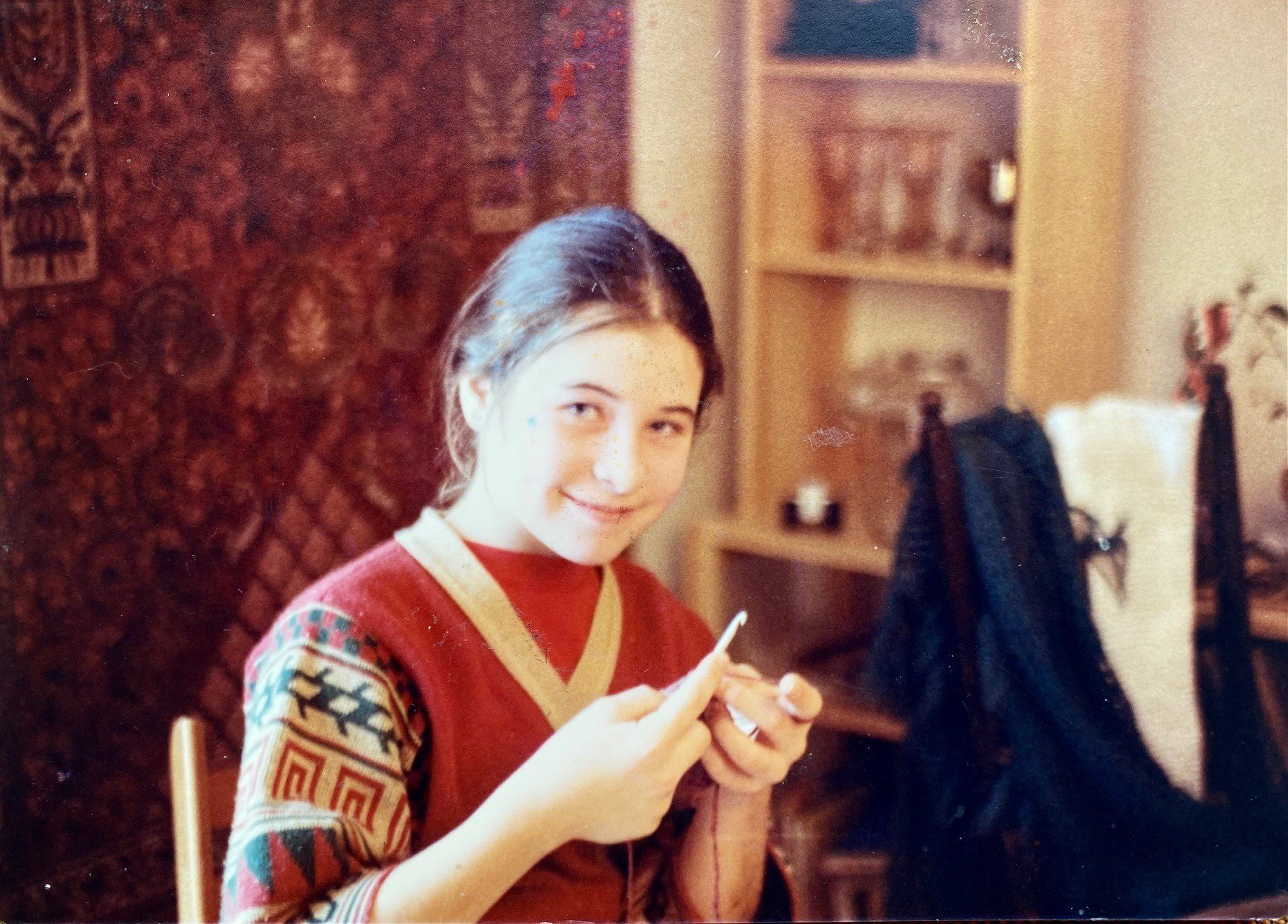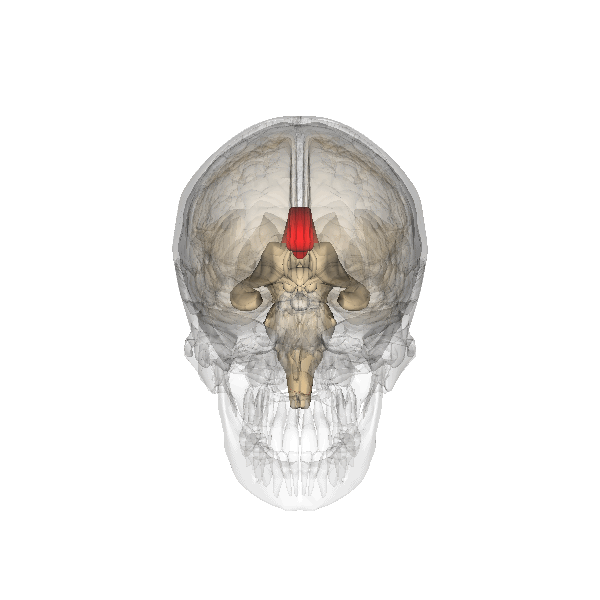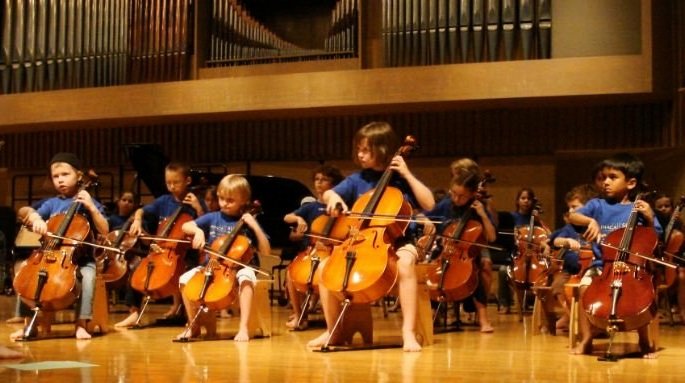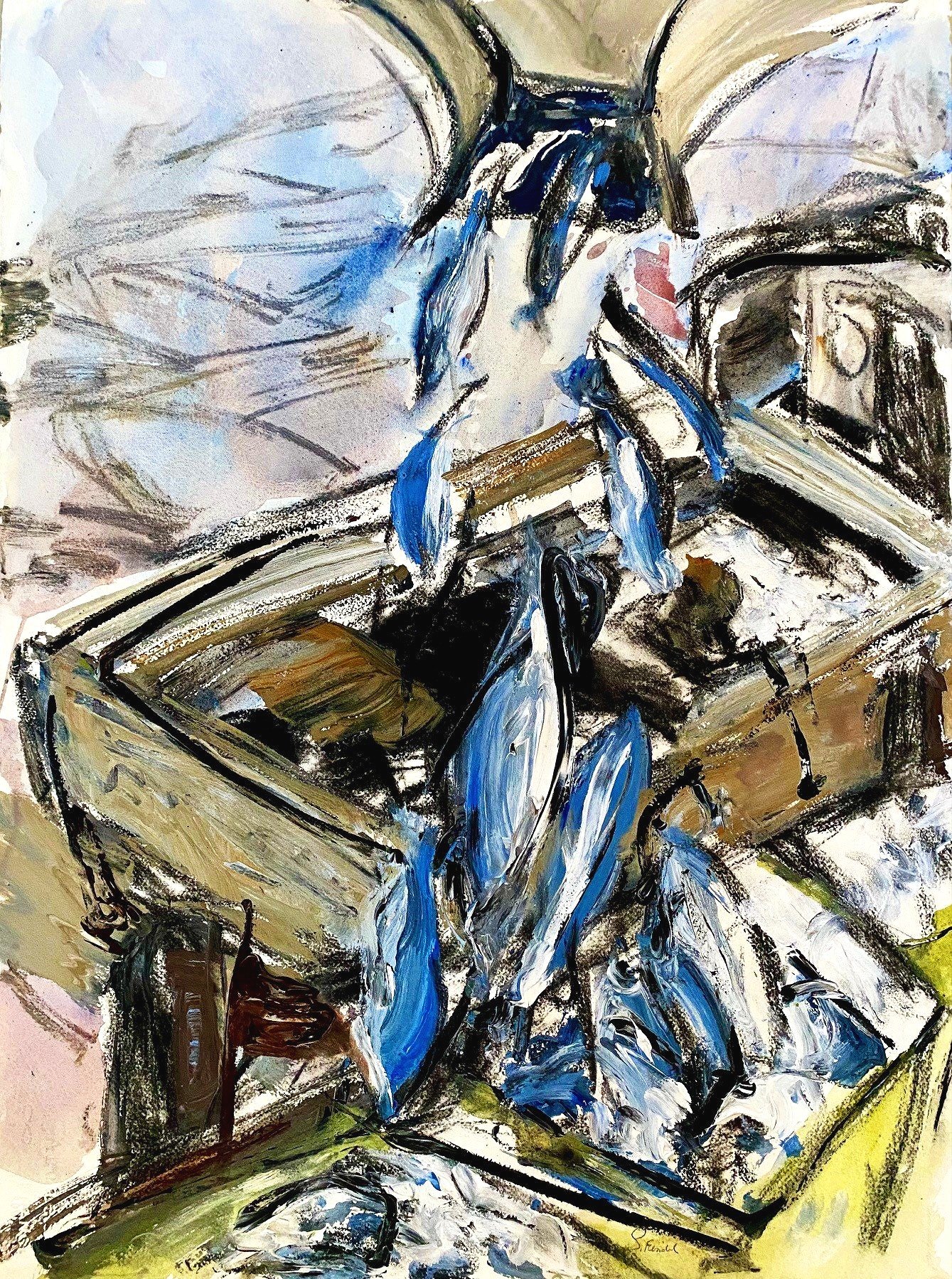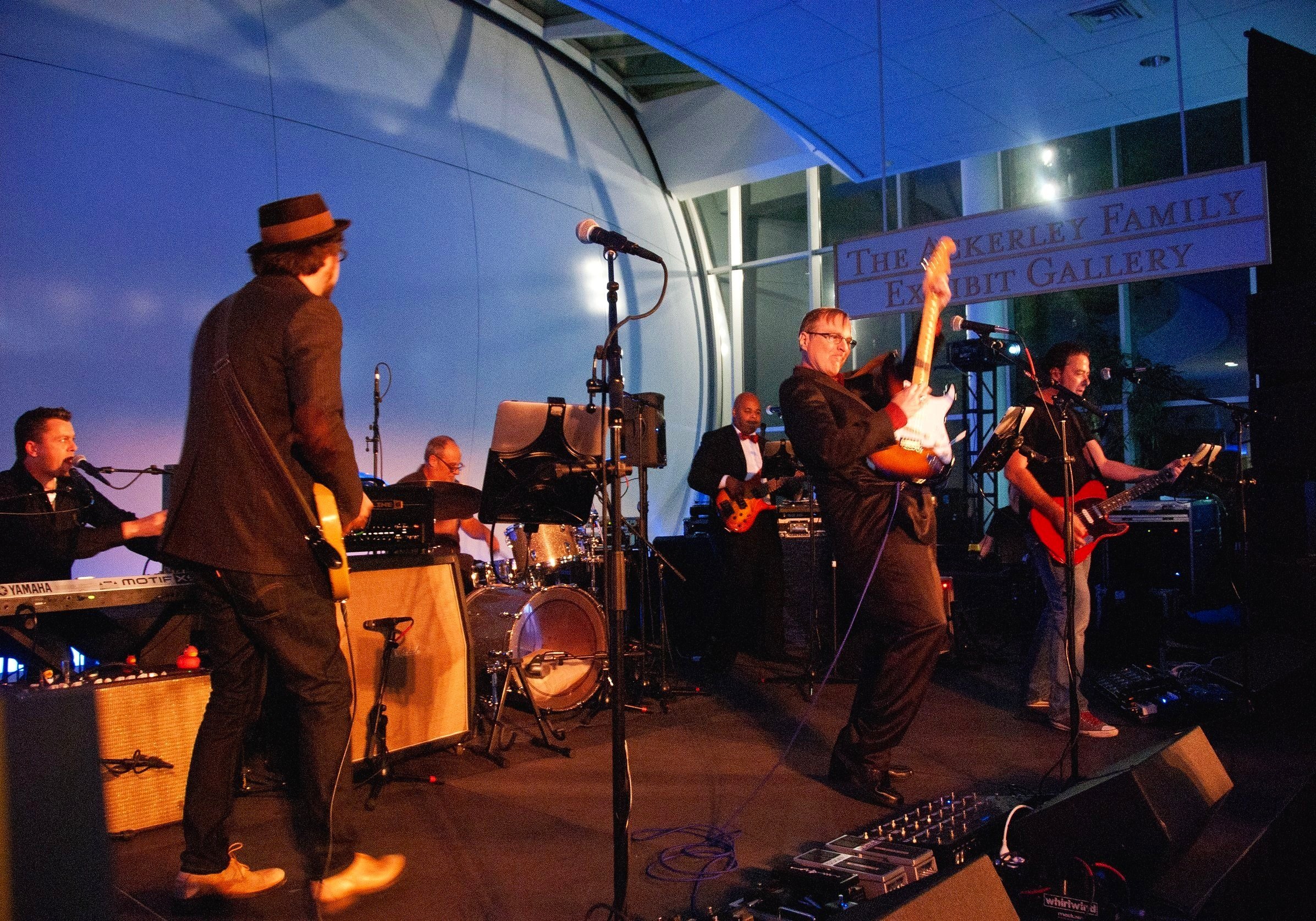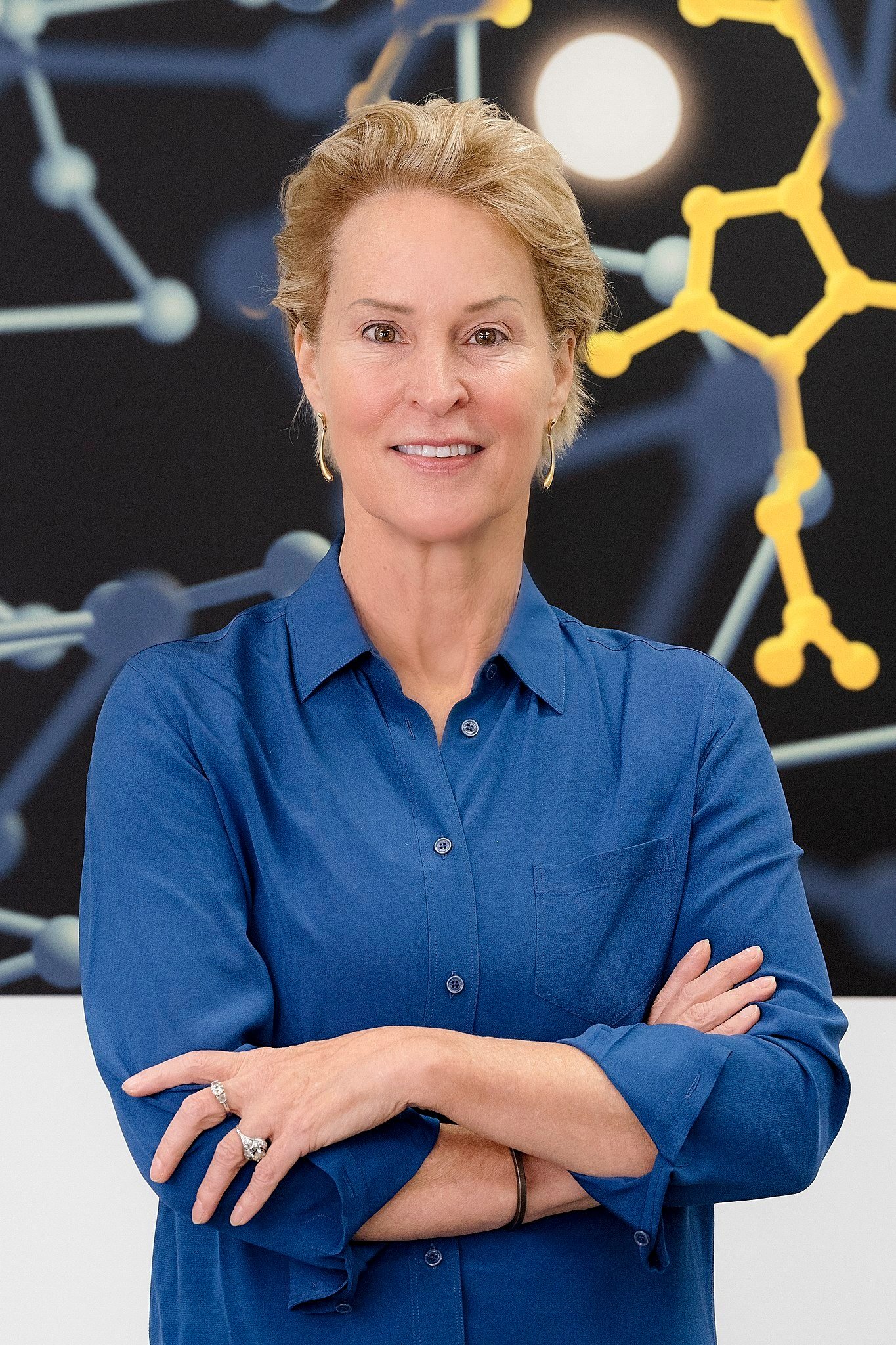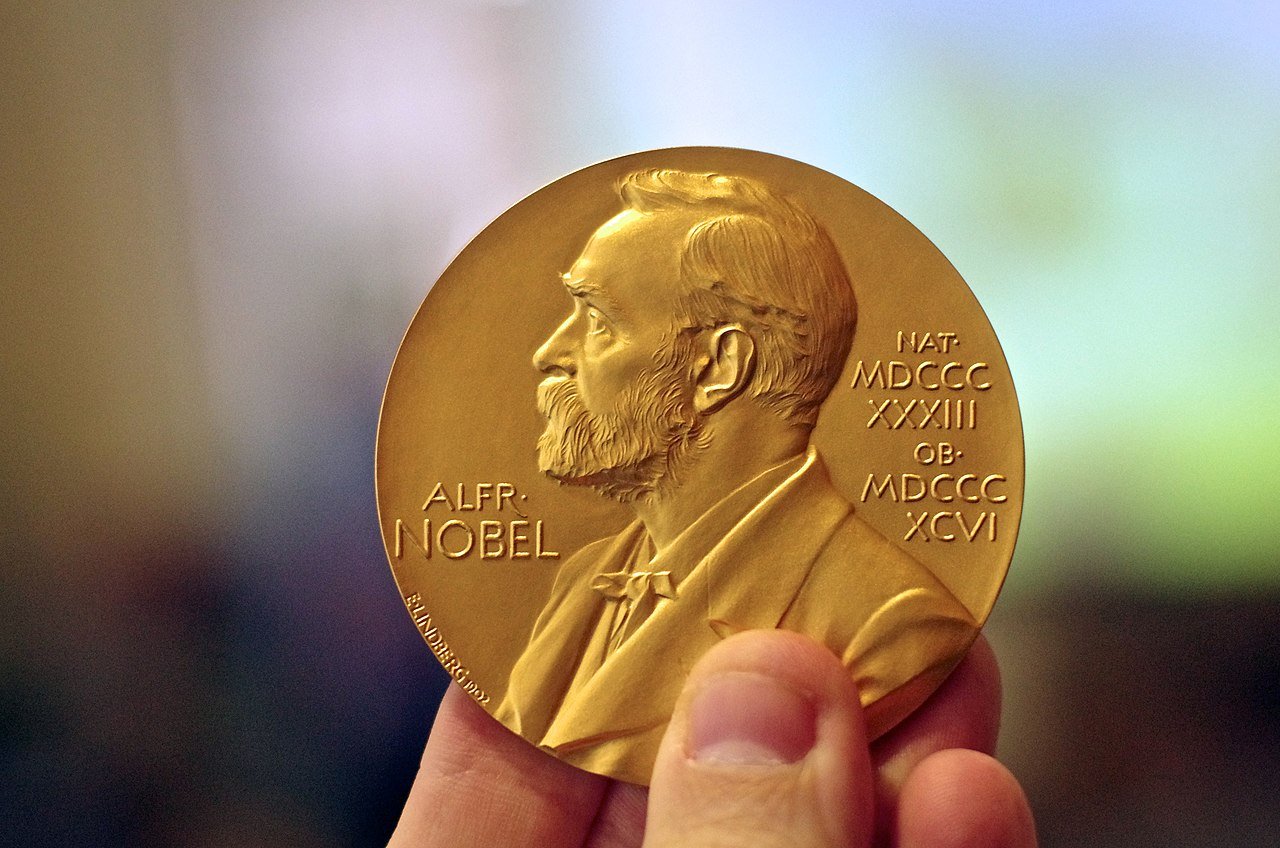A chapter-by-chapter series of images illustrating key ideas in my book Wired for Music. Click here to view the series from the start.
Chapter 5: A Musician’s Brain [excerpts]
Reaching into a wicker basket, my mother pulled out a clay flute shaped like a pair of breasts.
My mother designed this flute for two people to play, altering the sound with every slosh of water poured through a little hole in the side. ©Susan Feindel. Reproduction in any form prohibited without written permission.
She held it for a moment, admiring its curves, and then placed it on the table next to a dozen other flutes she’d made in the Mayan pottery village of Amatenango del Valle when I was small.
These flutes had been wrapped in newspaper, squirreled away, until I pressed Mom for details about her spontaneous music phase in the early 1970s.
Flutes made by my mother Susan Feindel include two “Moses” flutes, an ocarina resembling a flying saucer, and another shaped like a spotted slug. ©Susan Feindel. Reproduction in any form prohibited without written permission.
Improvising with music catapulted her to a new level of creativity, she said, allowing her to break free of her formal art training as well.
I’d never known that spontaneous music-making had jump-started her creative life.
My mother, Susan Feindel, playing a clay flute modelled after my stepfather’s face. Photo Adriana Barton, all rights reserved.
The more I thought about her blissful immersion in flower-power sounds, the more mystified I was by the rigid musical path she’d chosen for me.
Wouldn’t going without music lessons have been better than subjecting a child to the draconian classical training I had received?
“I didn’t think so,” Mom replied, because “you learn different combinations of sounds, and how to distinguish them from one other, and rhythms — and on and on,” she said. “In my mind, that’s huge, valuable mental training.”
It all boiled down to her conviction that music was good for the brain.
Many people share this belief.
Music is so closely tied to higher thought that Carl Sagan, the astrophysicist, convinced NASA that the Voyager space probes should carry songs to the stars.
Both spacecraft, launched in 1977, contain a gold-plated copper record emblazoned with the words “The Sounds of Earth.”
Each record offers ninety minutes of music — from Mozart to Chuck Berry to Peruvian panpipes and Senegalese percussion.
A Voyager space probe carries songs into interstellar space. Artist’s rendition via NASA, U.S. public domain.
But here on Earth, neuroscientists are still unraveling the mysteries of music and human cognition. Does music truly enhance our intelligence?
Around the time I quit the cello, three dozen college students filed into a lab in Irvine, California, to take part in an unusual experiment.
Just ten minutes of listening to Mozart seemed to improve their spatial reasoning by the equivalent of eight to nine IQ points. In 1993, the researcher, Frances Rauscher, revealed her findings in a two-page letter in the journal Nature.
The media went wild.
Her results — dubbed the “Mozart effect” — inspired a best-selling book and a cottage industry of “brainpower” products, including a slew of Baby Genius CDs.
The music educator Don Campbell, author of “The Mozart Effect” books, was an early adopter of the controversial hypothesis that listening to Mozart boosted IQ.
However, when stringent follow-up studies failed to replicate Rauscher’s results, it was clear the Mozart myth didn’t hold up.
Listening to Mozart does not raise IQ. But can playing an instrument make us smarter?
People with extensive music training tend to outperform non-musicians on tests of working memory, attention, and executive functioning.
Moreover, learning an instrument at a young age has been linked to stronger auditory processing, emotional perception, and “stick-to-itiveness,” all of which may contribute to future success.
But pegging better life outcomes to a single activity or personality trait is a tall order. Other valiant attempts have ended in failure.
Take the “marshmallow test,” the famous 1972 experiment developed at Stanford University.
In the “marshmallow test,” children at around age five were given the choice to either eat one marshmallow right away or wait fifteen minutes to receive two marshmallows instead of one. Photo (altered) Mk2010, Creative Commons.
Early studies using the “marshmallow test” found that the ability to delay gratification in childhood led to better life outcomes, from lower body mass index to higher education.
However, when the test was repeated in larger and more diverse populations, researchers concluded that better life outcomes had to do with affluence, not self-control.
Can music training alone explain why children who play instruments show stronger reading skills and academic achievement?
I was one of those kids. But how to separate nurture from nature? My father, a non-musician, had the highest grades in mathematics in the Soviet town where he grew up.
My artist mother, no slouch herself, worked with scientists on research expeditions in the Arctic and the deep seas.
Me in my early teens learning to crochet at a family friend’s house. Photo Andrée Pouliot, all rights reserved.
Then there’s the nurture side. TV was mostly off-limits, so I’d pound clay on the dining table, sneak off with my parents’ books, and learn how to sew and crochet.
I met many of my social needs through my parents’ entourage of artists, musicians, philosophers, paleontologists, federal bureaucrats, and a depressive poet or two.
Given all these influences, I can’t see how a researcher could tease out the effects of classical-music lessons on my report cards.
The notion that playing an instrument increases scholastic ability remains disproven.
In a 2020 study, a team of statisticians analyzed fifty-four studies of music training published from 1986 to 2019. After crunching the numbers, they found no relationship between music lessons and enhanced cognitive skills or academic, regardless of the children’s age or amount of music training.
Who sticks to music lessons? Children with personality traits such as conscientiousness and openness to new experience. Pre-existing differences, concluded a separate study, likely explain the link between music training and higher grades.
Playing an instrument does not make us smarter. Yet it can alter the very structure and density of our brain.
The corpus callosum (red) is typically thicker in people who receive intensive music training starting at a young age. Image generated by Life Science Databases, Creative Commons.
The brains of highly trained musicians reveal startling differences: namely, a thicker corpus callosum — the fibrous nerve bundle that sends signals back and forth between the two brain hemispheres — and more gray matter in the auditory, sensory, and motor areas.
Music wires the brain in specific ways, depending on the instrument we play.
In classical string players, for example, the left digits used for fingering notes take up extra space on the brain’s cortical “map” for processing touch in distinct body parts.
This cortical “map” shows the sensory distribution of major body parts in the brain’s cerebral cortex. Most of us sense far more from our fingers than from larger body parts, but this phenomenon is especially pronounced in the left fingers of string players. Illustration OpenStax College, Creative Commons.
What does it take to sculpt the structure of a musician’s brain? It’s not just a matter of practice, practice, practice.
Timing is everything.
A pivotal study found stark differences between musicians who began training before the age of seven and those with similar years of experience who got started between eight and eighteen.
The early learners had greater connectivity between brain hemispheres and stronger ability to time their movements to rhythms.
This study identified the years before age seven as “the developmental window” for a musician’s brain.
How much of Mozart’s genius had to do with his early start? Mozart began playing chords on the harpsichord at age 3. In this painting commissioned by his musician father, Leopold Mozart, he is 6 years old. Portrait in the Mozarteum, Salzburg. Image public domain.
Other researchers expanded the developmental window to around age nine. But regardless of the precise age, neurologists believe a musician’s brain is shaped through “synaptic pruning.”
Synapses are tiny pockets between neurons that relay electrical and chemical messages, allowing neurons to communicate.
Synapses relay electrical and chemical messages between neurons. Image by Воробьёв Владислав Константинович, Creative Commons.
When these connections get too little use, the brain “prunes” them to increase efficiency.
Constant stimulation strengthens our synapses and neural pathways. This process, known as neuroplasticity, occurs throughout life, but never as dramatically as in childhood and adolescence.
Even so, I don’t see much point in declaring “last call” for a musician’s brain.
Having the brain of an early learner might help a violinist achieve Paganini speed, but performing music isn’t an Olympic sprint in which the athlete either beats the clock or not.
The Italian violinist Niccolò Paganini (1782-1840) played with such virtuosity, it was said he sold his soul to the devil in exchange for dazzling technique. Drawing circa 1842 by A. Ashley, Creative Commons.
The finest musicians aim for artistry. And in the story of musical talent, brain imaging gives us a fuzzy outline at best.
While it’s true that music training molds young minds, I would add a strong caveat: Practice doesn’t necessarily make perfect, especially if it means hours of mindless scales, arpeggios, and finger drills.
Endless repetition makes children zone out. When kids go on autopilot, they end up practicing the same mistakes and stiff hand positions over and over.
After years of doing this myself, I’d argue that ossified approaches to training may increase the risk of injury instead of building technique.
Jimi Hendrix in 1967, fingering his guitar strings with his right hand instead of his left. Photo public domain.
I often envy the self-taught rock stars whose yen for music carries them through the learning curve.
Self-taught musicians might end up with atrocious technique — Jimi Hendrix’s wacky ambidextrous style would make a guitar teacher shudder — but at least they never get their passion for music beaten out of them.
Over the past century, pedagogues have tried to make classical-music training more intuitive. Various approaches include the Suzuki method, Kodály method, and more recently, Music for Young Children.
Children learning to play cello in the Suzuki method, which emphasizes playing by ear from an early age. Photo Stilfehler, Creative Commons.
Each method has its strengths. But in my view, the pedagogical approach matters less than the warmth of the teacher, the expectations of parents, and the temperament of the child.
Here’s what gung-ho parents and teachers should keep in mind: Neuroplasticity is neutral. It can reinforce negative habits just as much as positive ones.
My early training not only gave me a musician’s brain, but also ingrained a set of damaging thought patterns that have shadowed me since childhood.
When perfectionism strikes, I can spend hours staring at paint chips, analyzing undertones and the way they shift in different lights. Then I’ll snap out of it, bewildered by the time I’ve spent agonizing over details that don’t matter. Photo (cropped) Vyacheslav Argenberg, Creative Commons.
On a bad day, I am rigid and uptight. No matter what’s in front of me, I will fixate on getting it right.
It’s as if a switch has been flipped in my brain, short-circuiting the part of me that would normally say “This might work” or “Let’s give it a try.”
Perfectionism boxes me in and stresses me out. Meanwhile, my Little Miss Perfect side whispers that I’ll never live up to my wildly creative mother.
“Herring,” 2014, by my mother Susan Feindel. Acrylic and charcoal on paper. ©Susan Feindel. Reproduction in any form prohibited without written permission.
I grew admiring my mother’s vibrant frescoes, breathtaking landscapes, and glittering mosaics.
My mother has always indulged her curiosity and delight in doing things her own way. Unlike me.
“Spring Dow’s Lake,” 1982, by my mother Susan Feindel. Acrylic on paper. ©Susan Feindel. Reproduction in any form prohibited without written permission.
In our chaotic home, with no one steering the ship, classical music gave me a much-needed source of order, structure, and predictability. But the rigid conventions of classical music also bred control-freak tendencies.
My classical training left no room for experimentation, body awareness, or exploring the age-old connections between music and dance. The goal was not to enjoy myself or be in flow, but to get it right.
Even as a teenager, I could see how this tradition encouraged a mechanical approach.
Some classical music students perform like robots, like this automaton playing piano at the Shanghai Science and Technology Museum. Photo (cropped) Jakub Hałun, Creative Commons.
While attending a masterclass, I took notes on a violinist my age: “He shows not a flicker of emotion and doesn’t even twitch when criticized or complimented. He plays very well, but he doesn’t put his soul into it. His playing is impersonal, like a robot.”
None of this rigidity comes from the music itself. Rather, it’s the harsh teaching methods and soulless motivations behind classical training that often trip people up.
Maybe, instead of giving kids music lessons to make them smarter, we could pay more attention to the links between music, personal expression, creativity, and problem-solving.
Albert Einstein with his violin “Lina” at a charity concert in Berlin, January 29, 1930. Photo (cropped) Creative Commons.
As Albert Einstein, a lifelong musician, said in a legendary interview in the Saturday Evening Post, “Imagination is more important than knowledge.”
Einstein added, with a wistful smile, that if he had not been a physicist, “I would probably be a musician.”
The mastermind behind E=mc2 rarely traveled anywhere without Lina, his trusty violin.
He adored Mozart and Bach, describing their compositions as the epitome of balance and clarity — qualities he strove for in his mathematical work.
“Mozart’s music is so pure and beautiful,” Einstein said, “that I see it as a reflection of the inner beauty of the universe.”
Einstein likened Mozart’s compositions to the order and beauty of the universe. Behold the spiral Andromeda Galaxy (above) about 2.5 million light-years from Earth. Image taken using a hydrogen-alpha filter. Credit Adam Evans, Creative Commons.
Although Einstein never claimed that music shaped his scientific work, Elsa Einstein, his second wife, noticed a pattern:
“Music helps him when he is thinking about his theories,” she said. “He goes to his study, comes back, strikes a few chords on the piano, jots something down, returns to his study.”
Music wasn’t just a means to an end. As Einstein told his interviewer, “I get most joy in life out of my violin.”
High achievers in fields ranging from entertainment to information technology credit musical activities for sharpening their capacities to listen, collaborate, and think outside the box.
The late Paul Allen of Microsoft with his band The Underthinkers, performing at a gala in 2013. Photo Jameswlarsenjr, Creative Commons.
Paul Allen, cofounder of Microsoft, played in a rock band called The Underthinkers. In the early days of Microsoft, after hours of writing code, he’d mellow out by strumming chords on his guitar.
Nobel Prize winners, too, often moonlight as musicians.
After tracking the leisure pursuits of Nobel laureates from 1901 to 2005, researchers at Michigan State University discovered that nearly a quarter of them had either conducted or composed music, or played an instrument.
Long before earning a Nobel for her work on enzyme evolution, the chemical engineer Frances Arnold played piano, pipe organ, and guitar.
Richard Feynman, winner of the 1965 Nobel for physics, played the bongos.
Press play (above) to watch Nobel Prize-winning physicist Richard Feynman playing the bongos in a home video from the 1960s.
But as a burned-out musician, I could not easily access a musical outlet for creative inspiration.
I went into therapy with a world expert in perfectionism. Week after week, for five years, I talked about my issues. I had no way of knowing if these sessions were doing any good — they certainly didn’t bring me any closer to music.
But in hindsight, I credit these sessions for opening me up to something else.
Nuzzling up to my future husband. All rights reserved.
Enter Scott, a tall, bright-eyed Albertan who had just returned to Canada after two years of traveling.
Scott had little in common with any guy I’d fallen for in the past. A mechanical engineer, he was outdoorsy, entrepreneurial, and dedicated to preserving the natural world.
Scott didn’t play an instrument, or even sing in tune, but he ticked too many boxes for me to dwell on this area of mismatch. After all, I wasn’t making music either.
And I couldn’t imagine a time when that might change.
Follow here to view future chapters of Wired for Music: The Visual Companion. Or sign up to receive an email alert for each post.
To order the book Wired for Music, see links on this page.
Sources for all information in this post can be found in the endnotes of the hardcover and paperback editions.
Copyright note: The author is the copyright holder of all text but not all images included in this post. Every effort has been made to identify and indicate the copyright status of each image pictured. In some cases, copyrighted material has been included for the purposes of teaching and scholarship in accordance with “fair use” regulations in Section 107 of U.S. Copyright Law.
Please contact me with any questions, permissions requests, or concerns about copyright.
Disclaimer: Discussions about health topics provided in this post, or in any linked materials, are not intended and should not be construed as medical advice, nor is the information a substitute for professional medical expertise or treatment. The author accepts no responsibility or liability for any health consequences relating to information published on this website.



